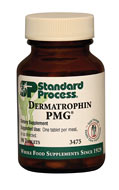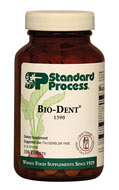Shocking Sunscreen Facts

|
Rabbi Harold Kushner |
Your skin is the largest organ in your body. Your skin is also the most susceptible organ to oxidative stress from the sun’s ultraviolet rays. As the weather begins to warm, and we spend more time outdoors, many of us are likely to reach for a bottle of sunscreen in order to protect our skin from sun damage. But do you really know what is in your sunscreen?
Let's talk about a product that's harming tens of millions of people every day in America alone: sunscreen. Sunscreen products do not block ultraviolet radiation very well unless you apply multiple coats, but there has been a flurry of research lately on the harm caused by sunscreen chemicals. These chemicals actually promote skin cancer. This product is causing the very condition from which it claims to protect people.
The skin is not the only organ that is harmed by sunscreen chemicals. Those chemicals are absorbed by the skin, circulate throughout the body and end up harming the liver, the organ responsible for neutralizing chemicals in the body. The continued use of sunscreen products - especially those with fragrance in them - will inevitably harm the liver and, in my opinion, can lead to organ failure or liver cancer.
Every summer, new high-SPF sunscreen products line the shelves, each offering superior sun protection under a friendly marketing pretense. However, the truth is that in the United States, sunscreens are still made with ingredients that not only offer inadequate sun protection from UVA rays, but many of these common ingredients also damage the skin and may promote free radical damage, skin cancer, allergic reactions, and hormonal imbalance.
In 2007, the FDA published a draft regulation that would prohibit companies from marketing sunscreens beyond SPF 50+ because they found a higher SPF to be misleading. The FDA also announced that there was little evidence that sunscreens offered as much protection as they marketed.
However, since then, several large companies, such as Johnson & Johnson (makers of Neutrogena and Aveno sunscreens) and Playtex (Banana Boat sunscreen), have demonstrated a public interest in high SPF sunscreens, and the FDA has been slow to finalize any regulation on SPF limit, or for that matter, on ingredients in sunscreens that are known carcinogens. In 2011, nearly one in five products now lists an SPF greater than 50.
what you need to know about sunscreen.












